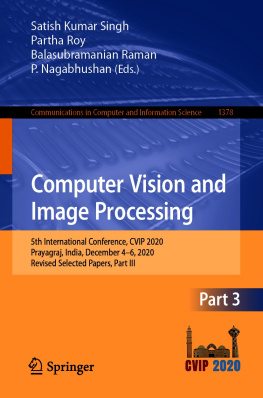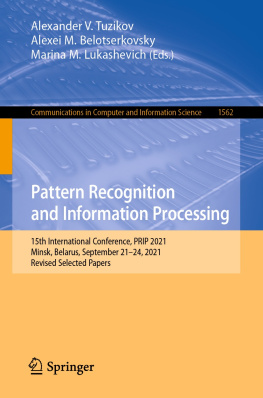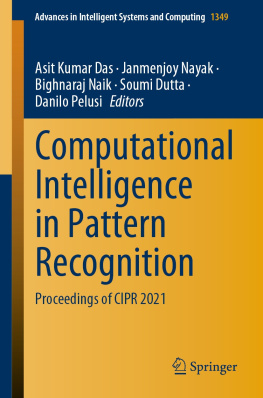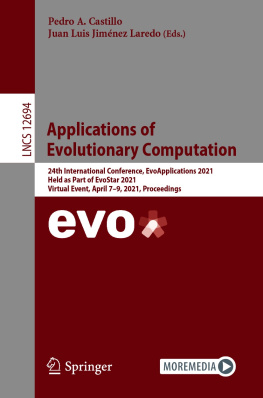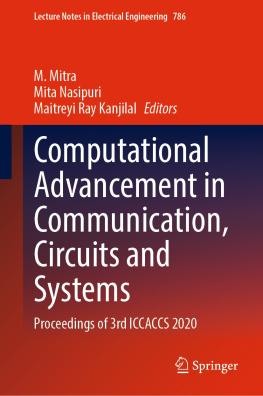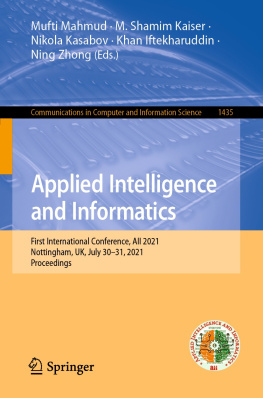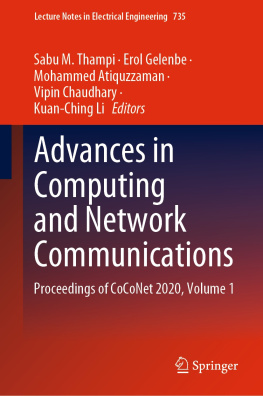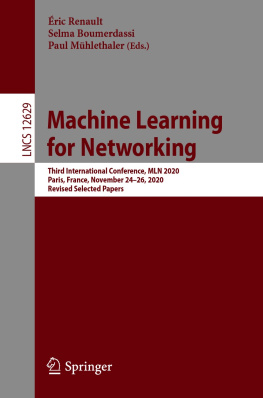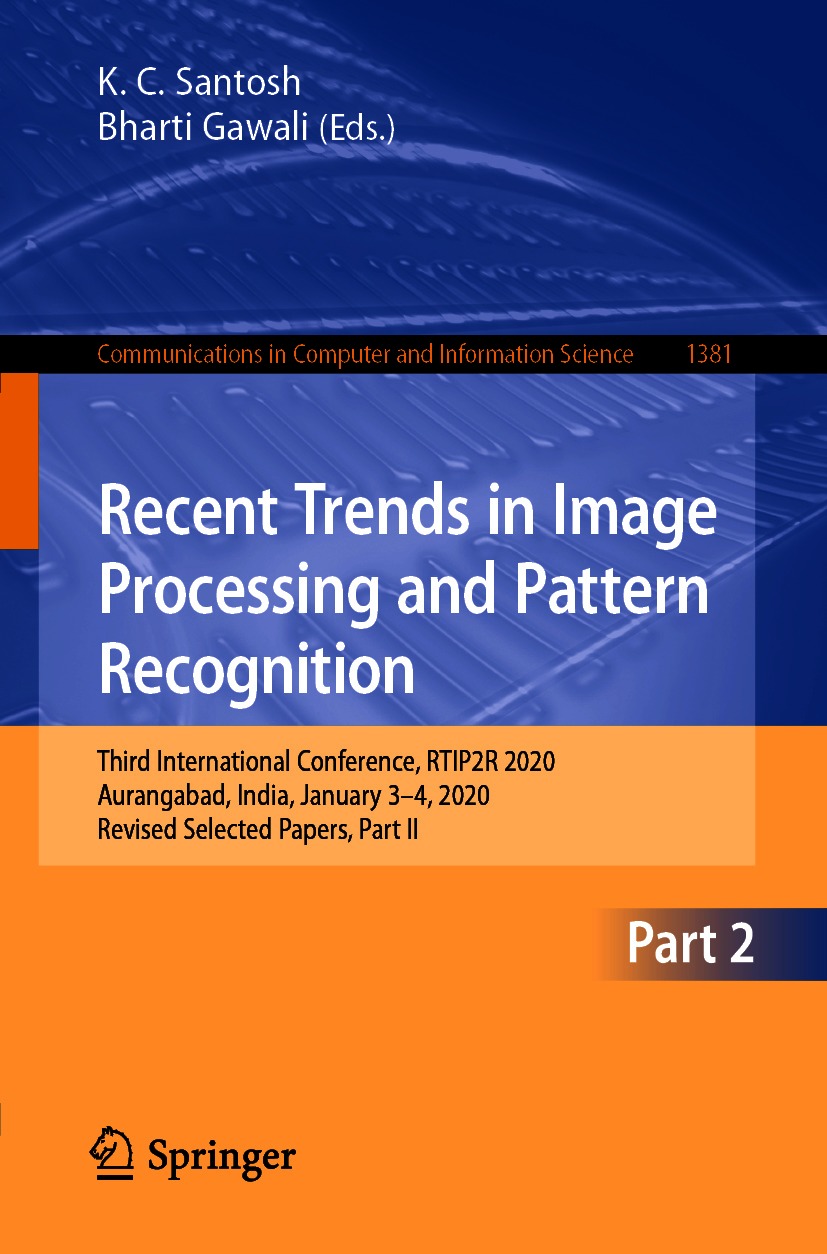Volume 1381
Communications in Computer and Information Science
Editorial Board
Joaquim Filipe
Polytechnic Institute of Setbal, Setbal, Portugal
Ashish Ghosh
Indian Statistical Institute, Kolkata, India
Raquel Oliveira Prates
Federal University of Minas Gerais (UFMG), Belo Horizonte, Brazil
Lizhu Zhou
Tsinghua University, Beijing, China
More information about this series at http://www.springer.com/series/7899 Rationale
The CCIS series is devoted to the publication of proceedings of computer science conferences. Its aim is to efficiently disseminate original research results in informatics in printed and electronic form. While the focus is on publication of peer-reviewed full papers presenting mature work, inclusion of reviewed short papers reporting on work in progress is welcome, too. Besides globally relevant meetings with internationally representative program committees guaranteeing a strict peer-reviewing and paper selection process, conferences run by societies or of high regional or national relevance are also considered for publication.
Topics
The topical scope of CCIS spans the entire spectrum of informatics ranging from foundational topics in the theory of computing to information and communications science and technology and a broad variety of interdisciplinary application fields.
Information for Volume Editors and Authors
Publication in CCIS is free of charge. No royalties are paid, however, we offer registered conference participants temporary free access to the online version of the conference proceedings on SpringerLink (http://link.springer.com) by means of an http referrer from the conference website and/or a number of complimentary printed copies, as specified in the official acceptance email of the event.
CCIS proceedings can be published in time for distribution at conferences or as post-proceedings, and delivered in the form of printed books and/or electronically as USBs and/or e-content licenses for accessing proceedings at SpringerLink. Furthermore, CCIS proceedings are included in the CCIS electronic book series hosted in the SpringerLink digital library at http://link.springer.com/bookseries/7899. Conferences publishing in CCIS are allowed to use Online Conference Service (OCS) for managing the whole proceedings lifecycle (from submission and reviewing to preparing for publication) free of charge.
Publication process
The language of publication is exclusively English. Authors publishing in CCIS have to sign the Springer CCIS copyright transfer form, however, they are free to use their material published in CCIS for substantially changed, more elaborate subsequent publications elsewhere. For the preparation of the camera-ready papers/files, authors have to strictly adhere to the Springer CCIS Authors' Instructions and are strongly encouraged to use the CCIS LaTeX style files or templates.
Abstracting/Indexing
CCIS is abstracted/indexed in DBLP, Google Scholar, EI-Compendex, Mathematical Reviews, SCImago, Scopus. CCIS volumes are also submitted for the inclusion in ISI Proceedings.
How to start
To start the evaluation of your proposal for inclusion in the CCIS series, please send an e-mail to ccis@springer.com.
Editors
K. C. Santosh and Bharti Gawali
Recent Trends in Image Processing and Pattern Recognition
Third International Conference, RTIP2R 2020, Aurangabad, India, January 34, 2020, Revised Selected Papers, Part II
1st ed. 2021

Logo of the publisher
Editors
K. C. Santosh
University of South Dakota, Vermillion, SD, USA
Bharti Gawali
Dr. Babasaheb Ambedkar Marathwada University, Aurangabad, India
ISSN 1865-0929 e-ISSN 1865-0937
Communications in Computer and Information Science
ISBN 978-981-16-0492-8 e-ISBN 978-981-16-0493-5
https://doi.org/10.1007/978-981-16-0493-5
Springer Nature Singapore Pte Ltd. 2021
This work is subject to copyright. All rights are reserved by the Publisher, whether the whole or part of the material is concerned, specifically the rights of translation, reprinting, reuse of illustrations, recitation, broadcasting, reproduction on microfilms or in any other physical way, and transmission or information storage and retrieval, electronic adaptation, computer software, or by similar or dissimilar methodology now known or hereafter developed.
The use of general descriptive names, registered names, trademarks, service marks, etc. in this publication does not imply, even in the absence of a specific statement, that such names are exempt from the relevant protective laws and regulations and therefore free for general use.
The publisher, the authors and the editors are safe to assume that the advice and information in this book are believed to be true and accurate at the date of publication. Neither the publisher nor the authors or the editors give a warranty, expressed or implied, with respect to the material contained herein or for any errors or omissions that may have been made. The publisher remains neutral with regard to jurisdictional claims in published maps and institutional affiliations.
This Springer imprint is published by the registered company Springer Nature Singapore Pte Ltd.
The registered company address is: 152 Beach Road, #21-01/04 Gateway East, Singapore 189721, Singapore
Preface
It is our great pleasure to introduce the collection of research papers in the Communications in Computer and Information Science (CCIS) Springer series from the third Biennial International Conference on Recent Trends in Image Processing and Pattern Recognition (RTIP2R). The RTIP2R conference event took place at Dr. B.A.M. University, Aurangabad, Maharashtra, India, during January 0304, 2020, in collaboration with the Department of Computer Science, University of South Dakota (USA). Further, as in 2018, the conference had a very successful workshop titled Pattern Analysis and Machine Intelligence (PAMI), with more than 100 participants.
As announced in the call for papers, RTIP2R attracted current and/or recent research on image processing, pattern recognition, and computer vision with several different applications, such as document understanding, biometrics, medical imaging, and image analysis in agriculture. Altogether, we received 329 submissions and accepted 106 papers for conference presentations. Unlike in the past, conference chairs reports were also considered to decide on publication. Based on thorough review reports, the conference chairs decided to move forward with 78 papers for publication. As a result, the acceptance rate was 23.70%. As before, we followed a double-blind submission policy and therefore the review process was extremely solid. On average, for a conference presentation, there were at least two reviews per paper except the few that had desk rejections. We also made the authors aware of plagiarism and rejected some of them even after conference presentations.
In brief, the event was found to be a great platform bringing together research scientists, academics, and industry practitioners. Following those review reports, we categorized the papers into five different tracks: a) computer vision and applications; b) data science and machine learning; c) image analysis and recognition; d) healthcare informatics and medical imaging; e) image and signal processing in agriculture.


